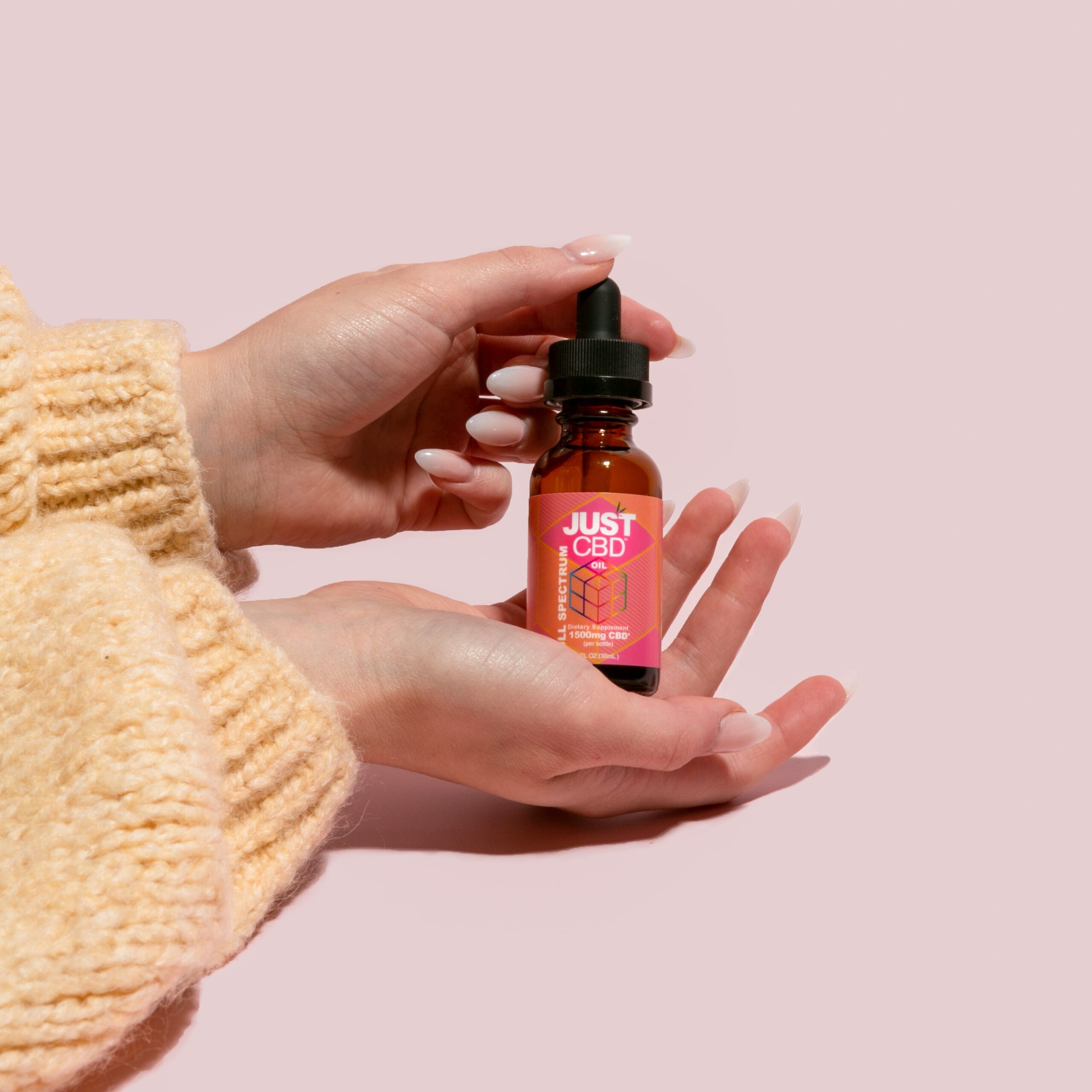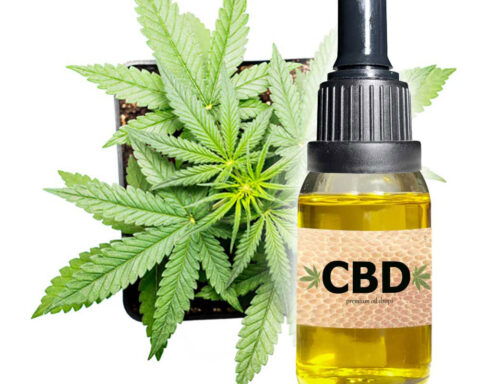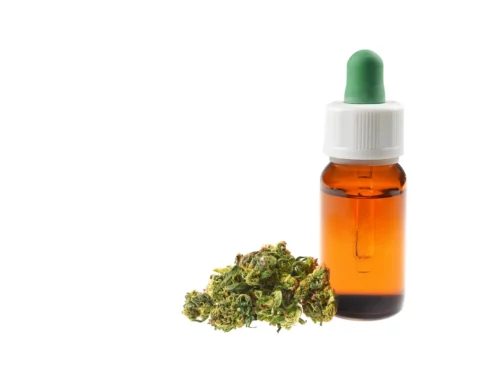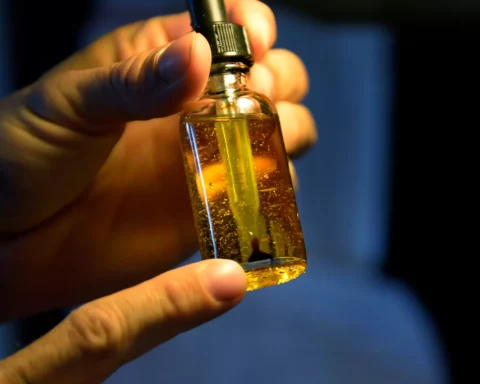CBD’s popularity has skyrocketed. According to Single Care, 33% of American adults have experimented with CBD. With more than a third of Americans trying the supplement, many people may be wondering where the comes from.
Both hemp and marijuana are cannabis. Although to be considered “hemp,” a plant must be cultivated under a hemp program and possess less than 0.3 percent THC. In contrast, “marijuana” plants contain more than.3% THC and are grown in states where it is legal to do so recreationally or medically. Hemp is not psychotropic because it has less than 0.3% THC. Aside from CBD, hemp has been used for millennia as a resource for rope, fibers, and textiles.
The Hemp Plant Is Being Planted
The soil is prepared for herbicides before the hemp seeds are planted. Hemp is a great resource for sustainable agriculture. According to Farm Journal, the best time to sow hemp is between May’s third and first weeks.
Hemp Plant Harvesting
It all starts with the hemp plant’s blossoms. Cannabinoids are most typically found in the resin glands of the plant’s trichome. The plants are often harvested before October. A sample of each crop is analyzed and approved by the state’s agriculture department before the harvest period. It ensures that the farm adheres to federal standards by maintaining its hemp at 0.3 percent THC. Populum, for example, collaborates with farmers in eastern Colorado. They are licensed by the Colorado Department of Agriculture and adhere to organic growing regulations, ensuring that no pesticides or toxic metals are present near the plants.
Once harvested, plants are hung up to cure or air dry in a well-ventilated location. This curing procedure takes around 3-4 weeks. After drying, the flowers, which contain the highest cannabinoids, are extracted from the plants and delivered to manufacturers, who subsequently extract the cannabinoids.
Extraction of CBD from Dried Hemp
Extraction of CBD is a technique of obtaining CBD from the hemp plant and converting it into a form that can be consumed or used topically. Depending on how it’s extracted, the raw extract will have a thick oily texture and dark, almost black hue. Different extraction processes exist, each with its advantages and disadvantages. The following is a quick rundown of the most popular extraction methods:
Liquid Extraction
Employing a liquid to absorb CBD oil from the cannabis plant extends beyond CO2 and ethanol. Butane, hexane, and isopropyl alcohol are examples of naturally liquid compounds. The extraction method is similar to CO2 or ethanol extraction in that a liquid solvent is passed through decarboxylated hemp to eliminate cannabinoids and terpenes.
Liquid solvent extraction is a cheap and simpler method of extracting CBD oil. It is simple to scale for commercial production, but it has drawbacks. Not all solvents can eliminate all contaminants. Plant chlorophyll may remain in the oil, giving it a greenish tint and an unpleasant taste. Ethanol extraction is becoming more popular as one of today’s high-quality extraction processes. The plant is soaked in high-grain alcohol to extract the CBD oil in this approach. Ethanol extraction is among the most prevalent ways of today’s naturally high extractions. It is quickly getting momentum as one of the most efficient techniques on the market.
CO2 Extraction
CO2 extraction isolates cannabinoids using carbon dioxide at extremely low temperatures. The carbon dioxide that has been super-cooled and condensed extracts CBD oil without leaving any chemicals. This procedure necessitates heavy machinery, but the result is a safe and effective product.
Oil Extraction
The hemp plant is boiled and cooked in a carrier oil, such as olive oil, to extract the necessary cannabinoids. Populum employs a two-step extraction process that integrates Food-Grade Ethanol Extraction and Divided Distillation. This procedure removes all waxes, lipids, and chlorophyll from the oil, resulting in a pure full-spectrum oil with high cannabinoids and terpenes.
Making CBD Oil and Topicals
CBD is blended with other substances such as flavoring and carrier oil once extracted from the plant in its purest form. Populum, for example, employs a proprietary combination of grapeseed, hemp seed, and orange oil. Hempseed or coconut (MCT) oil are effective carriers for full-spectrum CBD. It is owing to its high content of saturated fats. Natural saturated fat molecules are readily absorbed into the body and are processed by the liver. It permits the system to absorb as much CBD further into the bloodstream. Populum also includes cold-pressed orange oil in its CBD oil, which gives it a subtle orange flavor and helps to mask the “hempy” or “earthy” taste that many hemp oils have.
Packaging & Laboratory Testing
Populum submits each batch of CBD to third-party testing. A sample from every batch is taken to a lab for purity and strength testing. Third-party testing distinguishes between high-quality CBD products and those that might be anything marketed as CBD. When it comes to producing a high-quality product, this extra step in the manufacturing process makes the difference.
Conclusion
CO2 extraction is the cleanest and most effective form of CBD extraction—a no-brainer for any lab that can afford it. It is not to say that all CO2-extracted CBD products are superior. However, suppose a lab invests in the equipment needed for the most technically rigorous extraction procedure. In that case, the odds are they know what they’re doing. Check lab testing when in doubt, and always choose third-party tested CBD products from trustworthy sources. Furthermore, following the production of the oil itself, the production of distribution mechanisms, which include vials and bottles, and vape cartridges, are required.
.
- Bell Peppers 101: Nutrition Facts and Health Benefits - April 19, 2024
- Products That Assist with Stress Relief - September 21, 2023
- TRÈFLE – THE ROAD TO THE 15TH - July 29, 2023









